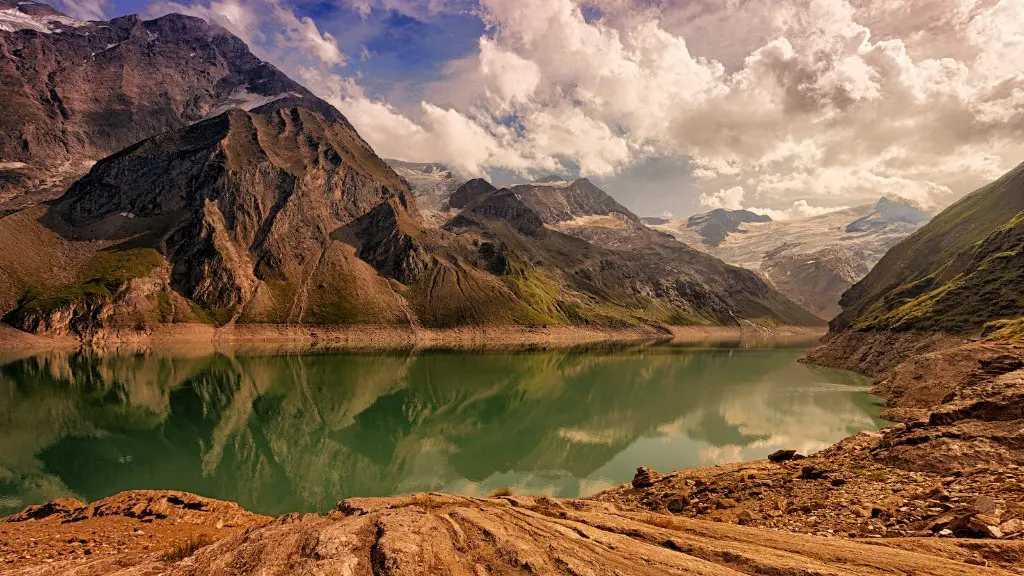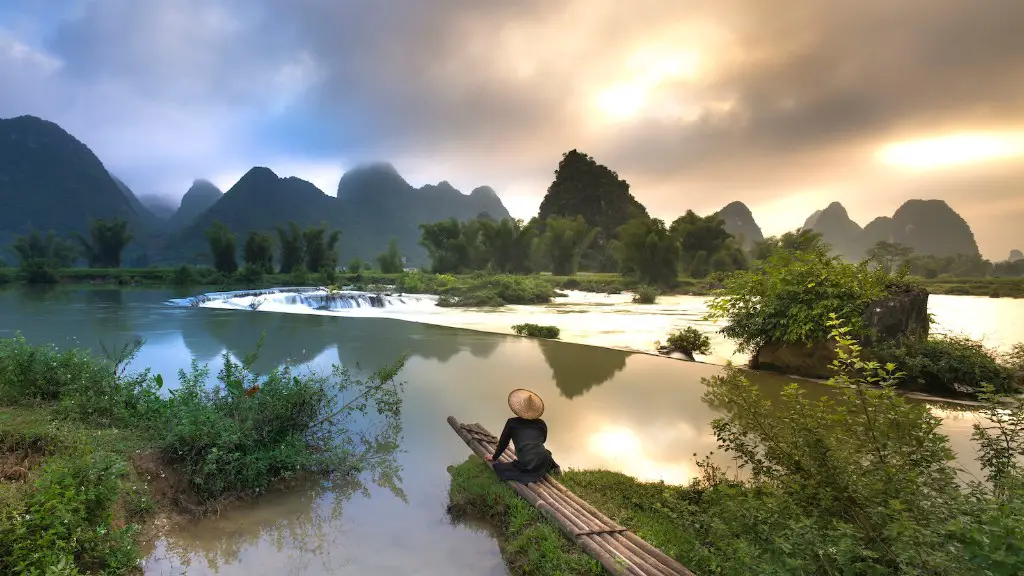The Mississippi River is an integral part of the American landscape and a principal river of the second largest river system in North America. It is the fourth longest river in the world and the longest in the United States, stretching 2,350 miles throughout the continental U.S. states of Arkansas, Illinois, Kentucky, Louisiana, Mississippi, Minnesota, Missouri, Ohio, Tennessee, and Wisconsin. It has been said that “Nothing defined America like its rivers,” and few define it more than the Mississippi.
Since the early days of its discovery and exploitation, the Mississippi River has held an important place in the country’s culture, economics, history, and recreation. The Mississippi River was a primary avenue of communication, transportation, and migration for civilizations in Pre-Columbian America. The river served as an essential source of food, provided a barrier to military invasion, and nurtured peoples living together in an expansive area of some 1.25 million square miles.
From an economic perspective, the Mississippi River is an important transportation route for the United States’ agricultural and industrial markets. In the 21st century, the Mississippi River continues to provide a vital heartline for North America, bringing trade, transport, tourism and more. For example, in 2018, more than $440 billion of freight moved up and down the Mississippi. However, over time, modifications to the river’s ecosystem to facilitate navigation have included many locks and dams, further impacting the waterway and its inhabitants.
Several sections of the Mississippi have been designated as a wildlife refuge and wetland area, offering a thriving ecological sanctuary and natural beauty that appeal to the millions of people who visit and live in the area each year. It is also home to a variety of wildlife, such as the endangered American alligator, and provides a habitat for more than 240 species of migratory birds. The river is a part of the culture of the South, offering an outdoor recreational haven to anglers and whitewater rafters.
Mississippi River conservation has become incredibly important in recent years, as the river is being threatened by climate change, agricultural runoff, and pollution. Agricultural runoff has been a major issue as it can increase nitrogen and phosphorous levels, leading to poor water quality. In addition, warming temperatures and melting glaciers have led to a rise in global sea levels, causing further flooding in the region. In order to protect the river and its inhabitants, conservation efforts must be made to reduce the use of chemical fertilizers, reduce pollution from industrial sources, and promote awareness of the Mississippi River’s importance.
In conclusion, the Mississippi River is essential to the culture and economy of the U.S. It has been a major source of fish, wildlife, food, and transportation for centuries and is an important part of the nation’s ecosystem. Only by working together to protect the river and its inhabitants can we ensure that future generations will enjoy the wonderful benefits it provides.
Recreation & Tourism
The Mississippi River has been a draw for outdoor enthusiasts for a very long time. The river’s deep gorges, whitewater areas and tranquil backwaters appeal to fishermen, kayakers, rafters, canoeists and other river recreationists. In many places there are scenic byways, historic sites, view points, wildlife refuges and hiking trails along the banks of the mighty Mississippi.
As recreation on the river has grown over the years, so too has river tourism. People from all over the country and the world visit the Mississippi to experience the beauty and hospitality of its towns and cities. Hotels, bed & breakfasts, restaurants, bars, and other tourist attractions along the river generate much needed income for the communities that surround it. River towns are often quaint, charming and rich in local culture, flavor and spirit.
However, recreating on the river isn’t without risks. Swimming can be especially dangerous due to swift currents, and anglers must be aware of the hazardous chemical pollutants that are present in some stretches of the river. Before embarking on a river adventure, it is important to educate yourself on river safety and become familiar with the characteristics of the area you plan to visit.
Ecosystem Preservation
The Mississippi River is an ecologically diverse and important ecosystem, home to a variety of fish and wildlife species. The area is part of the Mississippi River/Gulf of Mexico Watershed, one of the largest and most important ecosystems in North America. It provides essential habitat and food sources for countless species of birds, mammals, reptiles, fish and aquatic invertebrates.
In recent years, however, the Mississippi River’s health has been threatened by a variety of factors, including runoff from industrial and agricultural activities, erosion, water diversion and pollution. Conservation and environmental organizations have made great strides in preserving the river’s natural beauty, but much work still needs to be done to protect the species that depend upon the river for their survival.
The U.S. Fish and Wildlife Service, along with other federal and state organizations, have created a number of wildlife refuges along the Mississippi to aid in species protection and habitat restoration. The work being done at these refuges gives many species the opportunity to thrive and provides a glimpse into the river’s natural state.
As stewards of the land, it is our responsibility to protect the Mississippi River and its inhabitants for generations to come. There are a number of ways to get involved, from volunteering at local conservation organizations to supporting legislation that strengthens river protection and cleanup.
Flooding is a major concern along the Mississippi River, causing billions of dollars in damages each year. To protect homes and businesses, and prevent riverbank erosion, the U.S. Army Corps of Engineers (USACE) manages a system of locks and dams along the river. The system provides flood control, navigation, and hydropower, the latter of which helps to bring clean energy to the region.
The locks and dams are essential for controlling water levels and providing navigation for commercial vessels, but they also act as barriers to fish migration. In addition, stark differences in water levels created by the locks and dams can cause downstream erosion, as well as impact water plants, animals and aquatic habitat. The USACE is working to mitigate these impacts in order to maintain a healthy waterway and reduce the risk of flooding.
In addition, the USACE has implemented a number of programs aimed at preserving the river’s habitat, such as revegetation, dredging shallow waters to improve fish spawning grounds, and restoring trails and wetlands along the riverbank. These projects work to keep the Mississippi clean and support the wildlife and habitats that make this river so special.
Conclusion
The Mississippi River has been an important part of American culture and history for centuries. As the longest river in the United States, it is a major transportation route, an outdoor recreational paradise, a source of clean energy, and an essential ecosystem. Although it is threatened by climate change and pollution, it is up to us to protect this natural wonder’s health and ensure its future.




